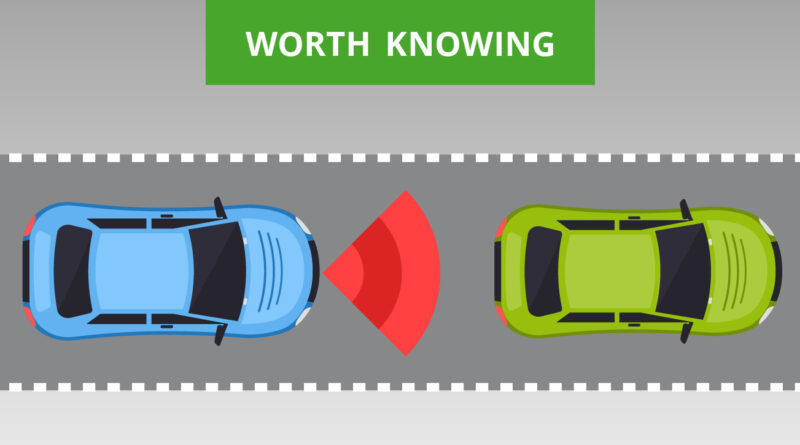Guide What is Adaptive Cruise Control?
Adaptive Cruise Control (ACC) is an advanced driver-assistance system (ADAS) that enhances traditional cruise control by automatically adjusting a vehicle’s speed to maintain a safe following distance from the car ahead. Unlike conventional cruise control, which keeps the car at a constant speed set by the driver, ACC uses sensors and radar technology to detect traffic conditions and make real-time adjustments to the vehicle’s speed.
How Does Adaptive Cruise Control Work?
Adaptive Cruise Control systems typically use a combination of radar sensors, cameras, and sometimes laser technology to monitor the road ahead. Here’s a detailed look at how ACC functions:
- Speed Setting: The driver sets a desired speed, much like traditional cruise control.
- Distance Setting: The driver can also set a preferred following distance, usually expressed as time intervals (e.g., 2, 3, or 4 seconds behind the vehicle in front).
- Detection: The system continuously scans the road ahead for other vehicles using radar and cameras.
- Speed Adjustment: If a slower-moving vehicle is detected within the set following distance, ACC will automatically reduce the car’s speed by either decelerating or applying the brakes to maintain the set distance.
- Resuming Speed: Once the road ahead is clear, the system will accelerate the vehicle back to the preset speed.
- Stop-and-Go Functionality: Some advanced ACC systems can bring the vehicle to a complete stop in traffic and then resume driving when traffic starts moving again.
Benefits of Adaptive Cruise Control
Adaptive Cruise Control offers several advantages over traditional cruise control, significantly enhancing driving safety and convenience:
- Reduced Driver Fatigue: By automatically adjusting speed in response to traffic conditions, ACC reduces the need for constant manual speed adjustments, making long drives less tiring.
- Increased Safety: ACC helps maintain a safe following distance, reducing the risk of rear-end collisions caused by sudden stops or slower-moving vehicles ahead.
- Improved Fuel Efficiency: By maintaining a steady speed and minimizing unnecessary acceleration and braking, ACC can contribute to better fuel economy.
- Enhanced Comfort: ACC provides a smoother driving experience, especially in stop-and-go traffic, by managing speed adjustments seamlessly.
Situations Where Adaptive Cruise Control is Most Useful
Adaptive Cruise Control is particularly beneficial in several driving scenarios:
- Highway Driving: On long stretches of highway, ACC helps maintain a consistent speed and safe following distance, reducing the need for constant manual adjustments.
- Heavy Traffic: In congested traffic conditions, ACC can manage stop-and-go situations, reducing the stress and fatigue associated with constant braking and acceleration.
- Commutes: For daily commutes that involve varying traffic conditions, ACC can make the drive more comfortable and less stressful.
Technology Behind Adaptive Cruise Control
The effectiveness of ACC systems relies on advanced sensor technology. Here’s a brief overview of the key components:
- Radar Sensors: Typically mounted on the front grille, these sensors emit radio waves that bounce off vehicles ahead, allowing the system to measure distance and speed.
- Cameras: Often used in conjunction with radar, cameras provide visual data that helps the system identify and react to traffic conditions.
- Laser Sensors: Some systems use laser technology for precise distance measurement, although radar is more common due to its reliability in various weather conditions.
Conclusion
Adaptive Cruise Control (ACC) is a transformative technology in modern vehicles, designed to enhance traditional cruise control by automatically adjusting speed to maintain a safe following distance. By leveraging advanced sensors and real-time data, ACC provides a safer, more comfortable driving experience, especially on highways and in heavy traffic.
As automotive technology continues to evolve, ACC is becoming a standard feature in many new vehicles, contributing to improved road safety and driving convenience. Understanding and utilizing ACC can significantly enhance your driving experience, making it safer, more efficient, and more enjoyable.
Buying a used VW. Buying used vauxhall, BMW, Jaguar, Ford, Volvo, Range rover, Bentley, Aston Martin, Porsche, Ferrari, Lamborghini, Maserati, Hyundai, Tesla

